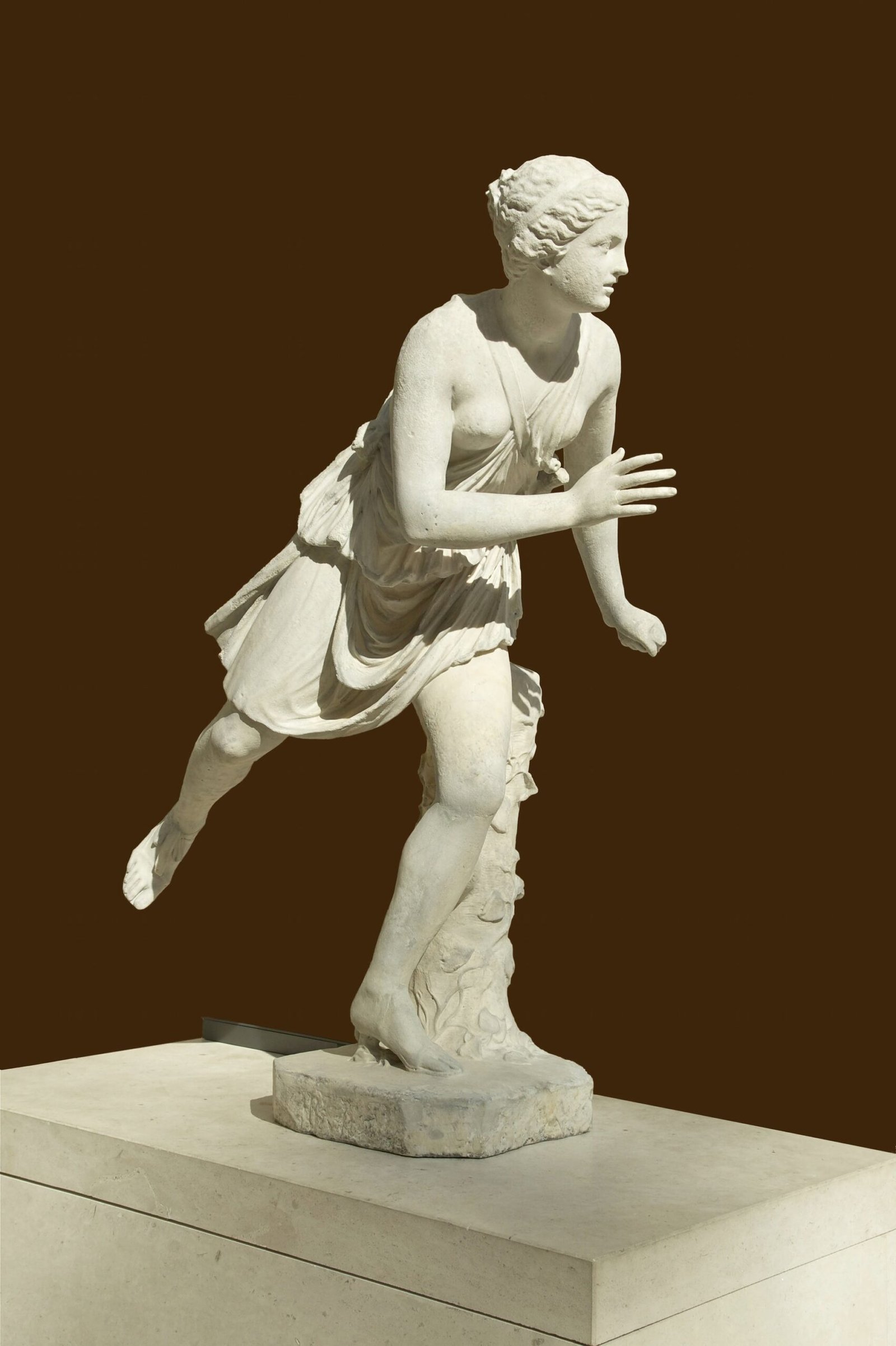The Louvre Museum’s Leonardo da Vinci exhibition, featuring a groundbreaking VR experience, marked a significant milestone in art appreciation. From October 24, 2019, to February 24, 2020, visitors had the unique opportunity to explore da Vinci’s masterpieces through cutting-edge virtual reality technology. This innovative approach, centered around the ‘Mona Lisa: Beyond the Glass’ VR experience, allowed art enthusiasts to delve deeper into the enigmatic world of Leonardo da Vinci, offering unprecedented access to his techniques and artworks.
What Made the Louvre Museum Leonardo da Vinci Exhibition VR Unique?

The Louvre Museum’s Leonardo da Vinci exhibition stood out for its integration of virtual reality technology, particularly the ‘Mona Lisa: Beyond the Glass’ experience. This VR component offered visitors an immersive journey into da Vinci’s most famous work, revealing details invisible to the naked eye and providing insights into the artist’s techniques and the subject’s identity.
Key features of the exhibition included:
- A comprehensive collection of 163 works and documents
- An 8-minute VR experience focused on the Mona Lisa
- Extended viewing hours on Wednesdays and Fridays
- Collaboration with HTC VIVE Arts for state-of-the-art VR technology
How Did the VR Experience Enhance Art Appreciation?

The VR experience at the Louvre Museum Leonardo da Vinci exhibition revolutionized art appreciation in several ways:
- Immersive Exploration: Visitors could virtually ‘step into’ the Mona Lisa, examining details typically hidden from view.
- Educational Insights: The VR tour provided in-depth information about da Vinci’s techniques and the painting’s history.
- Accessibility: The experience was designed to be accessible to a wide range of visitors, regardless of their art knowledge.
- Technological Innovation: By leveraging HTC VIVE headsets, the exhibition showcased the potential of VR in museum settings.
What Were the Technical Aspects of the VR Experience?
The technical implementation of the VR experience was crucial to its success. Here’s a breakdown of the key technical aspects:
| Aspect | Details |
|---|---|
| Hardware | HTC VIVE headsets |
| Duration | Approximately 8 minutes |
| Availability | On-site at the Louvre and via HTC’s Viveport platform |
| Development | Collaboration between the Louvre and HTC VIVE Arts |
This setup allowed for a high-quality, immersive experience that could be enjoyed both at the museum and remotely.
How Did the Exhibition Address Accessibility and Crowd Management?
Given the popularity of the Leonardo da Vinci exhibition, the Louvre implemented several measures to ensure accessibility and manage crowds effectively:
- Mandatory Advance Booking: All visitors were required to book tickets in advance, helping to control crowd sizes.
- Extended Hours: The exhibition remained open until 9:45 pm on Wednesdays and Fridays to accommodate more visitors.
- Daily Availability: The exhibition was open every day except Tuesdays, from 9 am to 6 pm.
- High Demand Management: Over 180,000 tickets were sold before the exhibition opened, indicating the need for robust crowd management strategies.
What Were the Key Highlights of the ‘Mona Lisa: Beyond the Glass’ VR Experience?
The ‘Mona Lisa: Beyond the Glass’ VR experience offered several unique features:
- Detailed Examination: Users could closely inspect the painting’s texture, brushstrokes, and hidden details.
- Historical Context: The experience provided insights into the Mona Lisa’s creation and its historical significance.
- Interactive Elements: Visitors could engage with virtual representations of da Vinci’s tools and techniques.
- Multi-sensory Approach: The VR experience incorporated visual and audio elements to create a fully immersive environment.
How Did the Exhibition Integrate Traditional Art Display with VR Technology?
The Louvre Museum Leonardo da Vinci exhibition successfully blended traditional art display methods with cutting-edge VR technology:
- Physical Artworks: The exhibition featured 163 physical works and documents, including paintings, drawings, and notebooks.
- VR Complement: The VR experience served as a complement to the physical exhibits, offering a new dimension to art appreciation.
- Contextual Information: Both traditional displays and the VR experience provided contextual information about da Vinci’s life and work.
- Seamless Integration: The exhibition design ensured a smooth transition between physical artworks and the VR experience.
What Impact Did the VR Exhibition Have on Future Museum Experiences?
The Louvre Museum Leonardo da Vinci exhibition VR experience set a new standard for museum exhibitions:
- Technological Precedent: It demonstrated the potential of VR in enhancing art appreciation and education.
- Audience Engagement: The exhibition showed how technology could attract and engage diverse audiences.
- Remote Access: By offering a take-home version through Viveport, it expanded access to global audiences.
- Future Innovations: The success of this exhibition paved the way for further integration of VR and other technologies in museum settings.
How Can Other Museums Learn from the Louvre’s VR Exhibition?
The Louvre’s successful implementation of VR technology offers valuable lessons for other museums:
- Collaboration with Tech Companies: Partnering with technology experts can lead to high-quality, innovative experiences.
- Balance of Traditional and Digital: Maintaining a balance between physical artworks and digital experiences is crucial.
- Accessibility Considerations: Designing experiences that are accessible to a wide range of visitors is essential.
- Advance Planning: Proper planning and ticket management are necessary for popular exhibitions.
- Extended Availability: Offering take-home versions of VR experiences can broaden reach and impact.
In conclusion, the Louvre Museum Leonardo da Vinci exhibition VR experience marked a significant milestone in the intersection of art and technology. By offering an immersive, educational, and accessible experience, it not only enhanced appreciation for da Vinci’s work but also set a new standard for future museum exhibitions worldwide.

